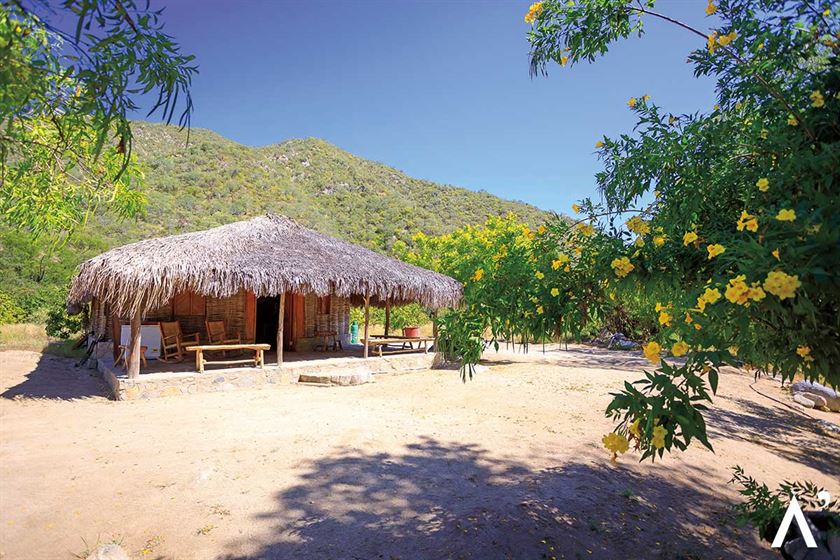Myths, legends, truncated and stolen stories, and burned and destroyed files make the history of Baja California Sur a true labyrinth when it comes to the origins of the communities. The book, Guia Familiar Baja California 1700-1900, compiled and revised by Pablo L. Martinez almost 60 years ago, provides a detailed picture of the people who were the origin of today’s society and who brought a diverse mix of surnames from Spain, and from Sonora, Sinaloa, and Durango Mexico. Those names include indigenous people from remnant local tribes and, of course, deserters from whaling ships and pirates who decided to continue their adventures in this South Californian land.
Today, it is easy to distinguish a “local” society through surnames such as Rodriguez, Marquez, Arce, Verdugo, Ceseña, Castro, Ortega, and Marron, among others. However, there are names such as Smith, Sandez, Leggs, Gavarain, Fisher, Ritchie, Green and Kennedy, as well. They serve as an example of the interesting mix that occurred from the 18th to the 20th centuries.

By the end of the 70s, the migratory process derived from tourist development in the south of the peninsula began to give way to people from practically the entire Mexican Republic and a good number of American cities. The influx of people provided the area with a touch of plurality.
Perhaps it was this process, at the beginning of the 21st century, that began to identify the peninsula as a high-quality tourist destination for sport fishing and golf when, for decades, the main economy was agriculture, livestock, and fisheries.

The population did not grow significantly throughout the State for many years. This strengthened the spirit of union and the solidarity of the inhabitants who knew each other by name and surname despite the distances. It was even common for members of some large families to marry. Families with five, six or more children were easy to find, and all participated in different economic activities.
The socio-economic and political interrelation in the south of the State was different from that of the North. One carried the role of government and tourism, and the other agriculture and livestock. Long distances in a state linked by a single highway accentuated the different economies over time, but always within a framework of great respect.

The tourism that was generated because of golf and fishing led to the opening of new and interesting markets and employment opportunities that made the area attractive for people seeking to emigrate from big cities or interested in starting a new adventure.
At present, the south of the peninsula is a multicultural area that is heterogeneous. A spirit of solidarity, help, development, and teamwork converge here, making the area an interesting social magnet.
It is not difficult to live, grow and develop in Baja California Sur. What is difficult is stopping.






